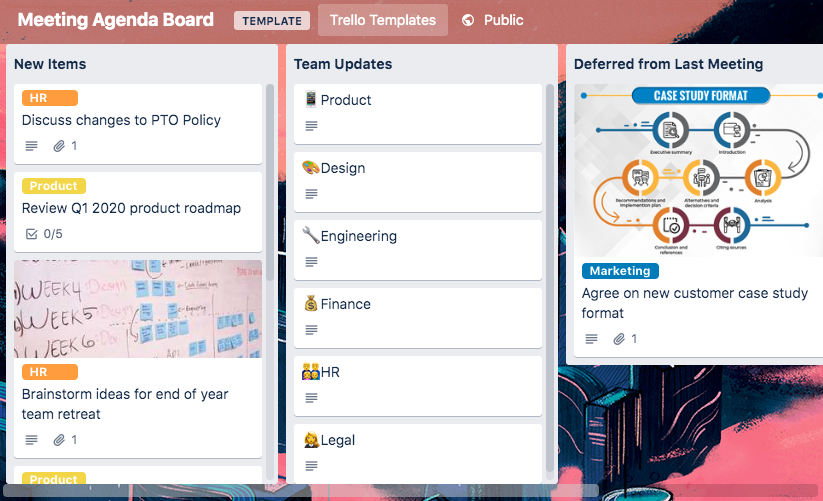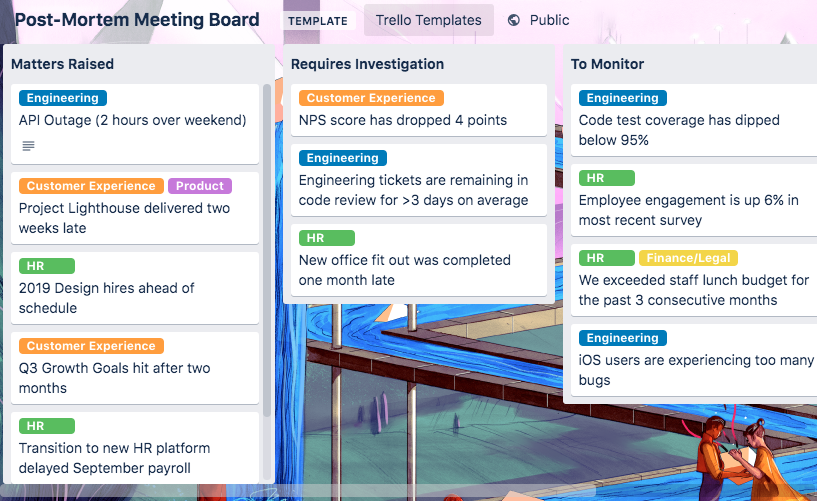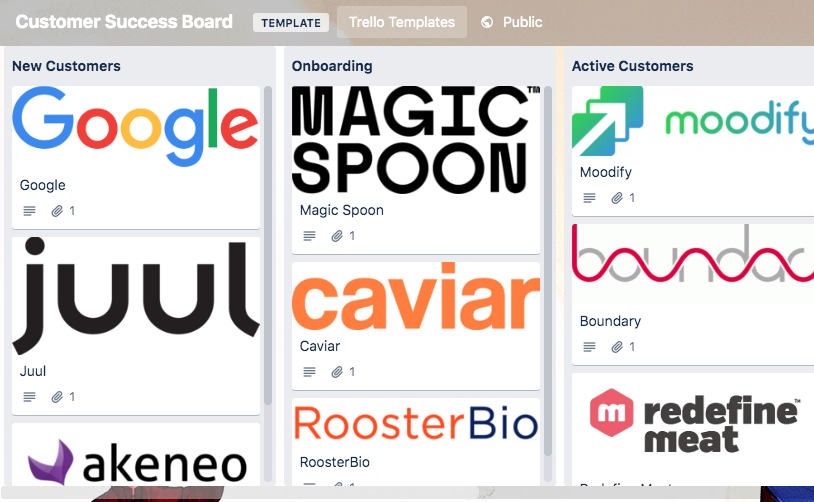Successful remote teams are a special bunch. They’re often a crew of dedicated and adaptive individuals who will jump at any chance to talk your ear off about their productivity hacks or the local coffee shops that have the best wifi (and cold brew).
However, remote teams typically face challenges that in-person teams breeze by such as fluid and unstructured communication.
For example, teams that work side-by-side in an office can swivel around their chair to ask a question about the latest marketing campaign or product release. Remote teams need to be more intentional about their communication since each person is working on their own virtual island.
So when remote workers need to connect and collaborate on a task or project, what do they do? They set up a meeting.
Whether your team is distributed or co-located, your team probably loathes the number of meetings that are scheduled on their calendar. There’s no doubt that meetings have a bad rap, especially when they don’t have a clear structure, follow-up plan, — or in hindsight could’ve just been an email or update on Slack.
Luckily, teams across the globe are recognizing the downfalls of their meeting processes and rectifying them with Hugo, a centralized meeting notes tool that allows teams to collaboratively take action.
The masterminds behind this powerful tool are a talented and innovative bunch with a knack for working as a distributed team.
Let’s take a deeper look at how they use Trello to structure their meetings and manage their team located around the world.
How Hugo Helps Communication Thrive, One Meeting At A Time
While meetings have good intentions, the process by which teams organize notes and conduct follow-up often needs improvement.
Luckily, teams across the globe are recognizing the downfalls of their meeting processes and rectifying them with Hugo, a centralized meeting notes tool that allows teams to collaboratively take action.
Successful remote teams know when in-person collaboration isn’t feasible, there needs to be a clear process for seamless communication and effective task management to occur.
Meetings act as that dedicated place and time for the team to bond, compare home office setups, share funny pet stories — oh, yes, and sync up on important projects.
Hugo allows teams to save time, improve efficiency, and better communicate through a number of meeting features, including:
✅ Saving, sharing, and syncing meeting insights
✅ Making the meeting knowledge secure and searchable
✅ Easily turning meeting insights into action items
✅ Integrations with heavily used platforms such as Salesforce, Slack, and Zoom
✅ Easy collaboration for remote teams
Hugo is able to offer such an amazing product because they have their internal processes down to a science — powered by not one, but four Trello boards.
How Hugo Runs A Remote Team With The Help Of Trello
Hugo has built an incredible distributed team with a culture based on principles of transparency, an idea meritocracy, collective decision making, and customer-first thinking. These principles are ingrained in their processes and come to life in various Trello boards.
Meeting Agenda Board
The Meeting Agenda Board is how Hugo achieves their 4-hour meeting week. The team spends a maximum of 10% of the week in internal meetings, only possible through running them effectively and efficiently.
The Hugo team uses their own tool to host meetings and relies on Trello to share and collaborate on pre and post-meeting updates, information, and follow-ups. This means the meetings themselves can be reserved for discussion, debate, and idea generation — what meetings are really for.
Their team uses labels to determine which team a given card or action-item belongs to and due dates encourage follow-up in a timely manner.

Post-Mortem Meeting Board
The Post-Mortem Meeting Board is responsible for Hugo’s culture of continuous improvement.
The Hugo team can productively reflect on where they’re winning and where there’s opportunity to improve, while avoiding a suggestion box effect where the takeaways fail to happen. The motto for this board is: insight to action. So when things don’t go as planned, this board is used as a powerful way for the team to turn those moment of reflection into real value.

Decision Tracking Board
The Decision Tracking Board creates shared consciousness between team members.
The concept was adapted from the Farnham Street blog based on the success the Hugo team had using a decision journal to align everyone around common goals and decisions. This board holds the team accountable to commit to decisions made in meetings. It also allows cross-functional collaboration through awareness of other team members decision-making processes.
![]()
Customer Success Board
Hugo’s customer-first mindset means everyone must be on the same page and have oversight on customer status. Great customer success managers know exactly where each customer sits in their service pipeline.
Hugo’s Customer Success Board is a lightweight and visual way of staying updated across the status of client accounts to make sure that customer happiness is always top-of-mind for every team member.
Power-Ups like Custom Fields provide a place for more granular and consistent information across accounts. The Calendar Power-Up gives customer service managers an easy way to remember to follow-up!

Hugo + Trello — An Integration Made In Meeting Heaven
Besides Power-Ups, the Hugo team also utilizes the Hugo/Trello integration, which helps turn meeting insights and takeaways into Trello cards, directly from meeting notes. This is another way that the Hugo team is able to effectively follow-up on their meetings, making them less of a grumble-fest. Discover the complete list of Trello integrations and Power-Ups to make your boards even more effective.
To top off their laundry list of accomplishments when it comes to remote communication and processes, Hugo has also published a book called 10X Culture, which talks about the importance of organization and follow-up, and the power of integration with tools such as Trello.
Make one (or all!) of these templates by Hugo a part of your distributed team’s daily workflows and watch how the groans and grumbles transform into virtual high-fives.
Looking for other templates to help inspire your team? Check out dozens of other templates in the Trello community template gallery!
Good or bad, we’d love to hear your thoughts. Find us on Twitter (@trello)!
Next: Make Your Process Perfect With Trello Templates, Plus Community-Inspired Gallery
